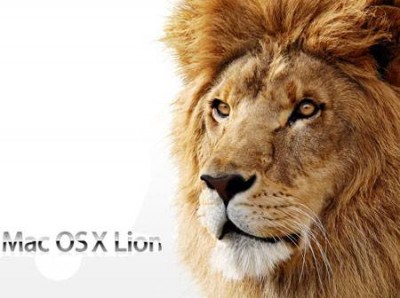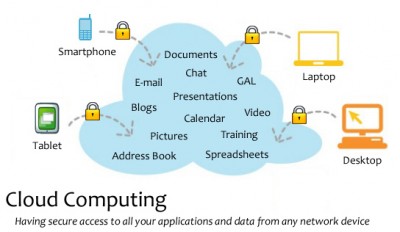
This article was last updated on April 16, 2022
Canada: ![]() Oye! Times readers Get FREE $30 to spend on Amazon, Walmart…
Oye! Times readers Get FREE $30 to spend on Amazon, Walmart…
USA: ![]() Oye! Times readers Get FREE $30 to spend on Amazon, Walmart…
Oye! Times readers Get FREE $30 to spend on Amazon, Walmart…
 Apple moves software distribution to the cloud where many companies already are
Apple moves software distribution to the cloud where many companies already areWith the release of OS X or Lion, Apple has stopped shipping software in white boxes with CD ROM media.
Most of us are already using the Cloud whether we know it or not.
Apple software is only available by download from the App Store. To reinforce the point, the latest MAC hardware doesn’t have a CD ROM drive.
The move to the Cloud has become a stampede. Software that needs to load from a DVD or CD will soon be as old fashioned as the floppy drive.
We are already there with Cloud computing. Many of the applications and services we use are already internet based.
You can purchase Microsoft Office, Windows 7, SQL Server and other applications by downloading and using an authentication key
You can file your tax return on-line, take a video instruction from Lynda or Groove3 without ordering the optical disk.
As for music, who buys music? Even iTunes has lost it’s sales growth as people access music by streaming from YouTube, Vimeo and this week’s new service Spotify.
What is Cloud Computing?
Cloud computing is a aggregation of computing resources across multiple servers as though they are one literal computer, often not in the same location. The term Cloud has become a marketing buzz word but generally this is the meaning.
The network servers are not in the literal clouds – they are earth bound data centers that are designed to share resources.
One of the largest Cloud providers is Amazon.com. They built up their Cloud to service their own on-line business and now lease Cloud services to many companies.
For an organization on the Cloud, they no longer need to have the servers and hardware to run their programs and databases. Those have been relocated to the Cloud.
The programs like mail and calendar are located on the Cloud and not on your desktop, laptop or mobile device. A small client program will reside on your computer that accesses the application and data on the Cloud servers.
Bloatware like Microsoft Office is being re-written to work efficiently over the Cloud or it will cease to be the market leader.
Mobile devices lead the way
Mobile devices like Apple and Android smartphones paved the way for consumer adoption of the Cloud.
Apple has sold more than 220 million iPhones and iPads and that increases 30 million in the last 90 days. Some analysts predict one billion Apple touch mobile devices by
2015.
2015.
None of these devices has substantial storage and rely on the Cloud to serve music, video and applications now called “apps”.
By now we are used to accessing the cloud and think nothing of it. In fact we like the ability to get our email from any computer and any location.
Both Amazon.com and Apple have announced Cloud based storage of our own music. That may be popular although streaming music is expected to become more popular than actual ownership.
The Cloud saves money
Moving to Cloud computing can be less expensive than hosting your own data networks.
The US Government has announced the closure of 800 of it’s enormous data centers. They expect to save $5 billion a year according to the NY Times.
Savings come from layoffs of staff at those data centers, reduced hardware, software and buildings to house the government data centers.
A study of US Government computers found that only 40% of the storage capacity was in use, and only 27% of the computing power was utilized.
Relocating government applications and data to the Cloud will allow the government agencies to rent the computing power they need.
The move away from owning your own data center allow companies to focus on the applications and how they support operations and organizational decision making. It’s about the applications not the boxes.
More and more of what we do with computers is related to the internet and Cloud computing.
There are risks to remote processing and data storage but they don’t seem to out weigh the drive to move us to the Cloud.
By Stephen Pate, NJN Network
You can publish this article on your website as long as you provide a link back to this page.


Be the first to comment